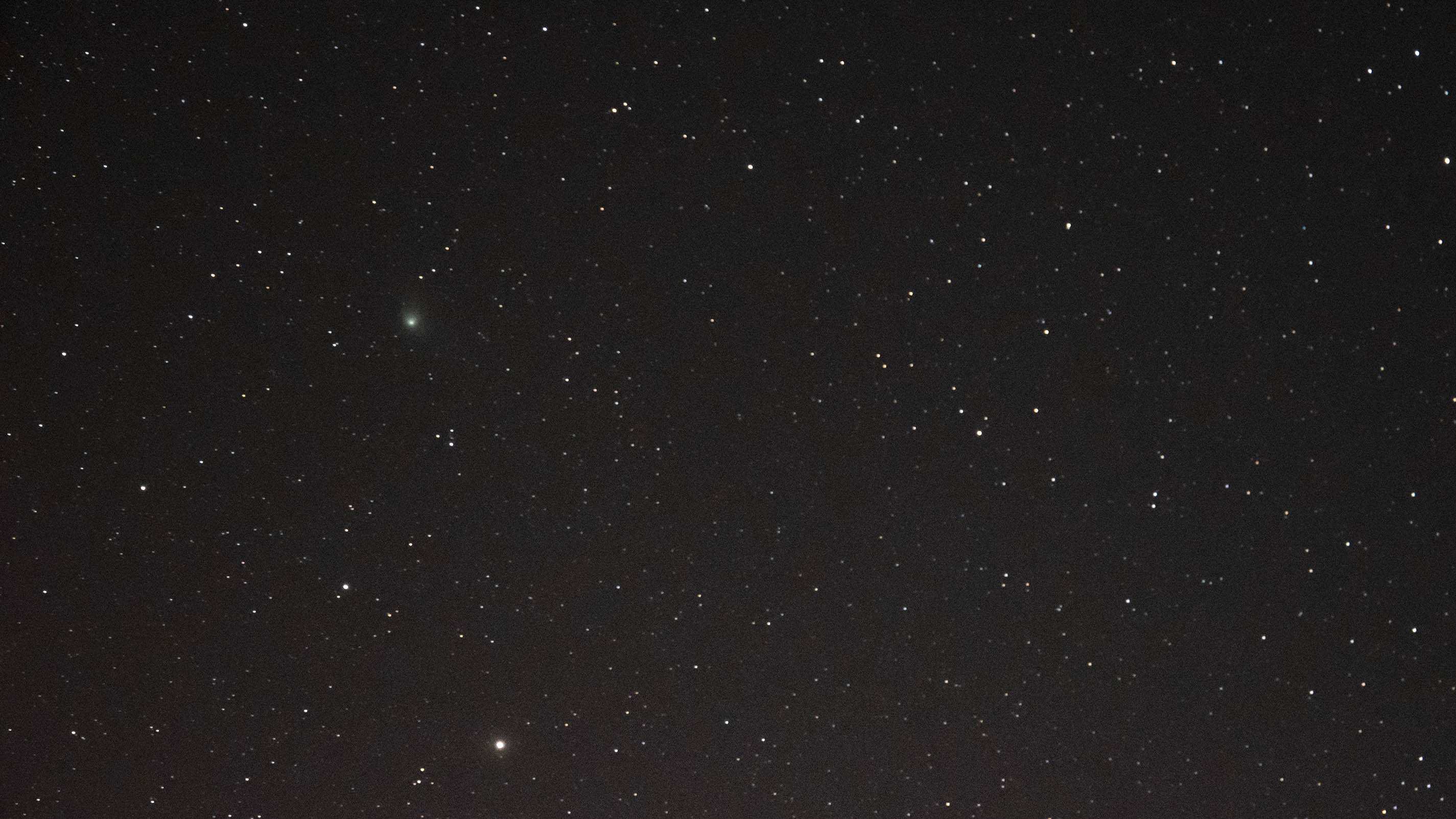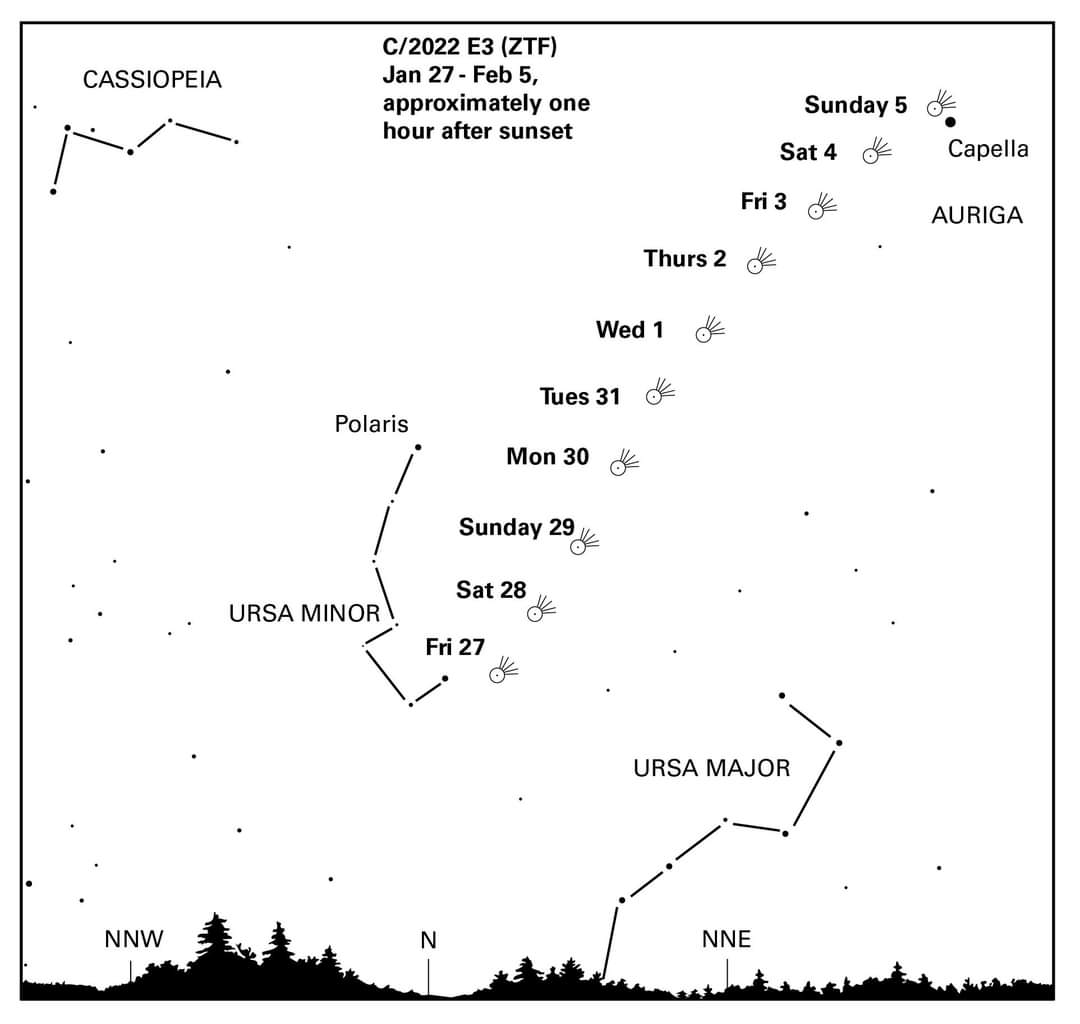The planets reign supreme this month, dominating a sky filled with some of the brightest stars.
Venus continues to be the star of the show, shining bright in the western sky after sunset. As the month continues, it will get higher and brighter until it reaches maximum brightness in early June. Look for Venus shining brightly at magnitude -4 in the constellation Pisces, the Fish. On February 15, Venus will meet up with the ice giant Neptune in an event known as a conjunction. This close conjunction will bring the planets a mere 45 arcseconds apart at the closest approach. Unfortunately, that occurs in the daytime and will not be visible. By evening, the pair will be less than half a degree apart - about the width of the full Moon - and will be visible together through a telescope.
Two weeks later, on March 1, Venus and Jupiter will have their moment in the spotlight with a conjunction bringing them within half a degree of each other. Join us in the observatory if the skies are clear to view these two bright planets through our telescopes. Registration is encouraged, but not required.
Jupiter shines brightly in the southwest each evening, setting around 8 pm by the end of the month.
Bright Mars is visible in the constellation Taurus this month, visible most of the month. It will get dimmer over the winter as we speed past the red planet.

Comet C/2022 E3 (ZTF) appears as a faint fuzzball in the sky in this image from January 27. Image credit: Amy Barraclough
Comet C/2022 E3 (ZTF) reaches perigee today, February 1. It's brightened to around magnitude 5.5 but has not quite reached naked-eye visibility. You can spot it easily with binoculars from a dark location between the Big and Little Dippers. After this week, it will begin to fade quickly as it heads out of our solar system forever. The image above was taken by our director from dark skies on January 27. Use the guide below to help spot the comet.

Comet C/2022 E3 (ZTF) location through February 5, 2023. Image credit: Abrams Planetarium.
Orion is easy to spot in the southern skies this month. Look for the three bright stars in a straight line that form his belt. Below his belt is the Great Orion Nebula, a vast star-forming complex 1,300 light-years away. This cloud of gas and dust is visible with your unaided eyes, but a telescope or binoculars really enhances the view.
Use Orion's belt as a guide to finding Taurus, the Bull, by connecting the three stars and following them straight until you reach a V-shaped group of stars. This forms Taurus' face. On his back is a cluster of stars called the Pleiades, or Seven Sisters. This beautiful cluster of stars glows blue from ionized gas and dust surrounding the stars. With our unaided eyes, we can see six or seven brightest members of the cluster that contains over 1,000 stars.
Keep your fingers crossed and your eyes on the skies for these great celestial sights!